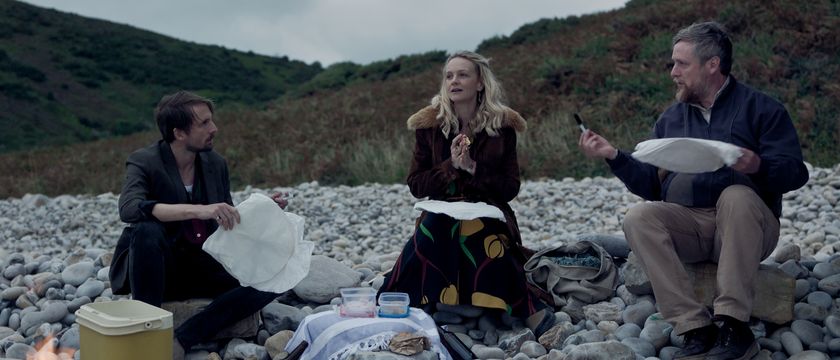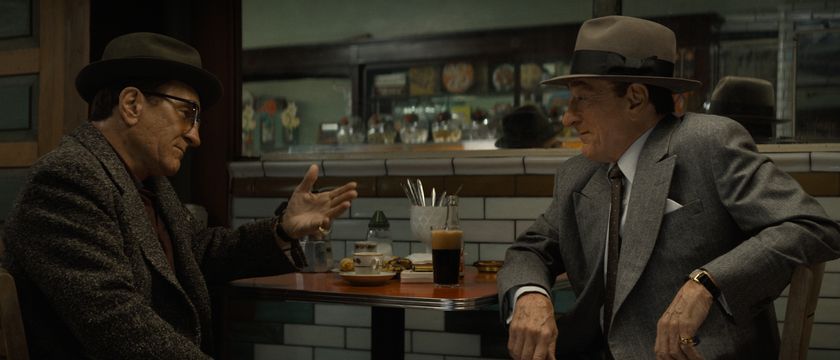A week ago, what I knew about Dutch painter Johannes Vermeer was gleaned from the history-inspired fiction Girl With A Pearl Earring, which re-imagined his life to better encompass a passionate love story between Scarlett Johansson and Colin Firth. Frankly, I worried the investigative documentary Tim's Vermeer, which offers a detailed investigation into the painter's process, would be over my head or deadly dull. It just means I had woefully underestimated the talent and showmanship of Penn Jillette and Teller, magicians/debunkers/filmmakers who deftly wield humor and incredible thought to compose arguments that are complex, yet easy to follow and always engaging.
Tim's Vermeer centers on Tim Jenison, an inventor whose natural curiosity has made him a groundbreaking innovator in video technology, as well as an affluent eccentric. Jenison is a man driven--for better or worse--by his intellectual curiosity, and after decades of hard work and success, he has the means to follow the threads that spark his imagination. So when he heard a theory that posited Vermeer's unique painting aesthetic was created through use of 17th century video technology (the camera obscura), Jenison dedicated himself to recreating Vermeer's studio down to the finest detail. In this way, he hoped to uncover whether or not technology is in fact how this heralded artist managed to effectively paint with light instead of lines.
While the subject matter might seem dry or painfully niche, it's actually anything but. This is partially thanks to Jenison's down to earth appeal, as well as Penn and Teller's clever storytelling, which offers punch and playfulness fans will recognize from their celebrated series, Penn & Teller: Bullshit! Wearing a self-imposed uniform of Dad Jeans, muted polo shirts, a casual beard and glasses, Jenison doesn't look the part of an eccentric millionaire or an artistic genius. He is a lovable weirdo whose wandering thoughts have repeatedly led to technological breakthroughs. But he looks like a simple suburban dad. Fittingly, this plays into the documentary's theme of there being so much more to someone than their basic descriptors might suggest.
Over the course of a years-long journey, Jenison travels from the U.S., where he lives and works, to Holland, where Vermeer lived and worked, to London, where the painting of Vermeer he aims to recreate resides within Buckingham Palace. He not only explores Vermeer's known history, but also how to make lenses, furniture, and paints that would be accurate to the time. As he reverse-engineers artistic genius with the help of art experts, he calls into question what distinguishes art from science. If Vermeer used the technology of his time to translate his vision to his canvas, is it cheating? Or does it just show that our modern concept of art has grown unnecessarily narrow?
With graphics, voiceover and interviews that break down its more complicated logic with great care and a jaunty sense of discovery Tim's Vermeer is an exhilarating and glorious adventure. After all the painstaking detailing of Tim's process, I confess I cried over the climactic reveal of his final painting, overcome by a sense of rapture. Few films manage to create a portrait of the wonder, pain and hard work of creation as effectively and completely as this documentary does. But then this goes a step farther, forcing audiences to question what this kind of creation--a recreation by a man who doesn't even consider himself an artist much less a painter--means in the grander context of art.
It is a collision of art and science that is thought-provoking, breathtaking, and wildly inspiring. Tim's Vermeer's a must-see for even the most casual intellectual.
Staff writer at CinemaBlend.














